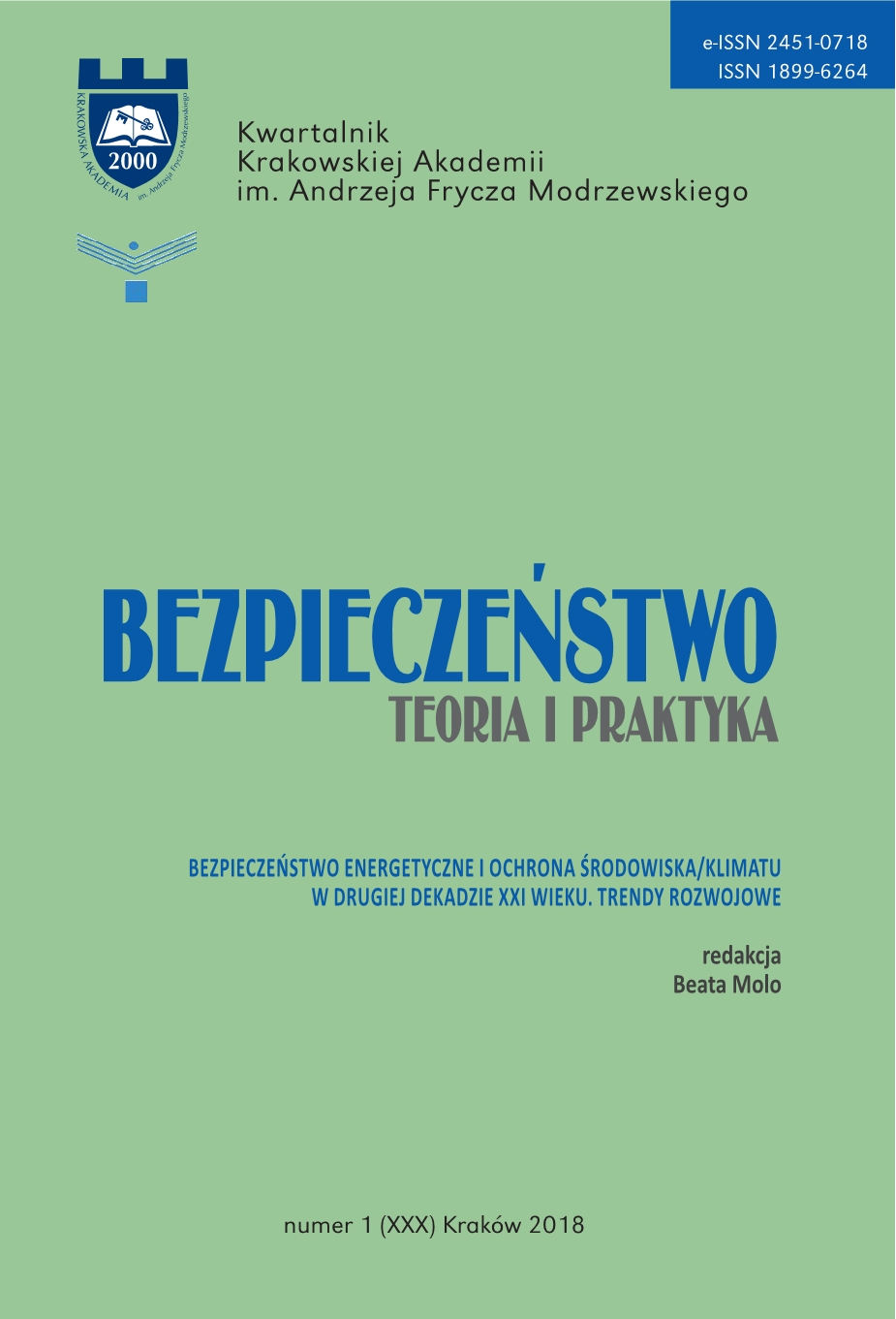
We kindly inform you that, as long as the subject affiliation of our 300.000+ articles is in progress, you might get unsufficient or no results on your third level or second level search. In this case, please broaden your search criteria.

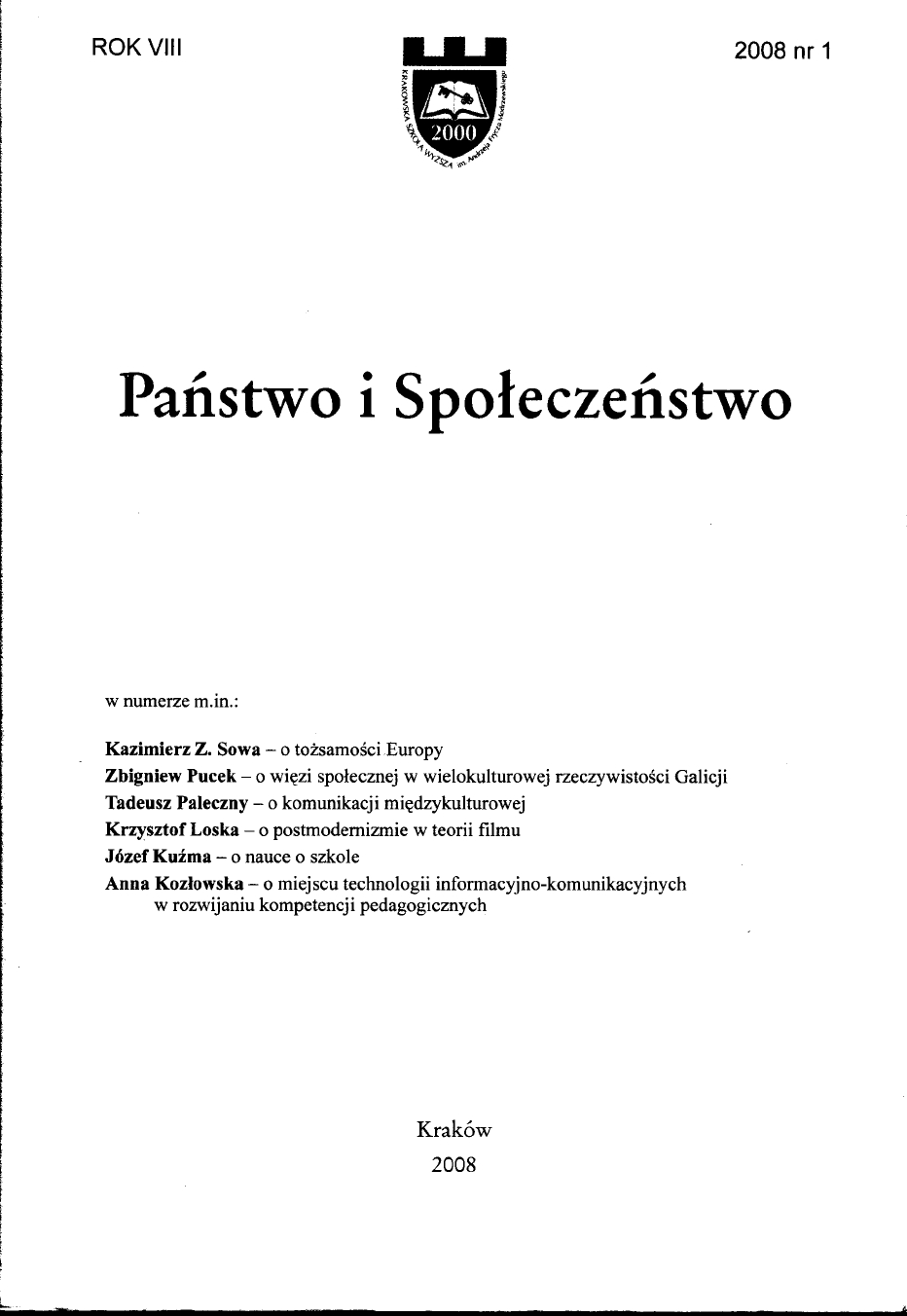
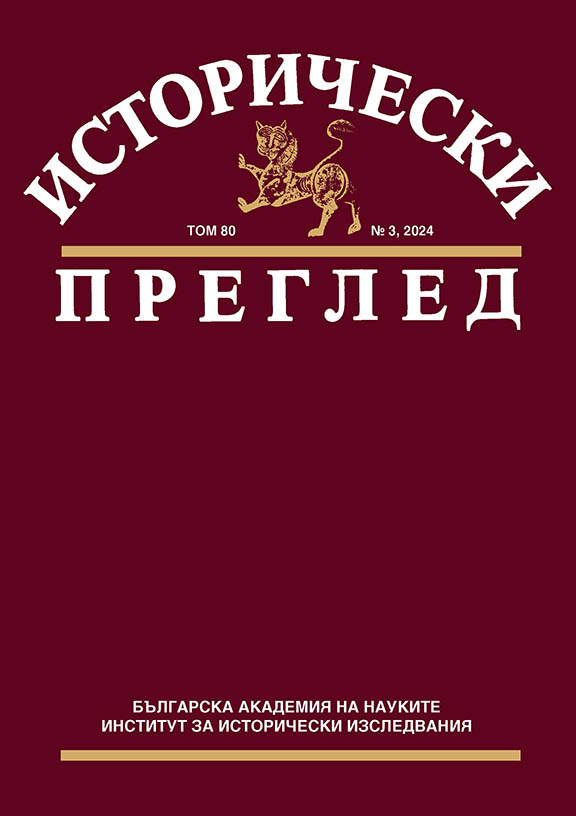
The role of the Janissary corps in the history of the post-classical Ottoman Empire is one of the most debated themes in historiography. Undoubtedly, this role transcended its purely military functions and had much wider social, economic, and political repercussions, not only for the capital of the Empire but also for the provinces. This was particularly true in the context of the decentralization of the corps and their infiltration into local societies and economies in the eighteenth century. This paper aims to examine the local implications of these multi-layered processes in the town of Rusçuk (Ruse, on the Lower Danube), based on information from a rare, detailed mid-18th-century avarız defter. The source provides valuable information on the local society, with a key focus on the military strata in the town of Rusçuk, dominated almost entirely by the Janissaries. The information from the defter offers valuable details about their inner hierarchy, payment structures, and clustering along professional lines in the urban quarters. This exhaustive but generally statistical information will be correlated with data from the kadi court records of the local sharia judges of Rusçuk from approximately the same period (circa mid-18th century). Through a micro-historical approach, the study attempts to provide a more adequate context for understanding the demographic parameters, the degree of infiltration of the military into local society and economy, and their role in the everyday life of the province.
More...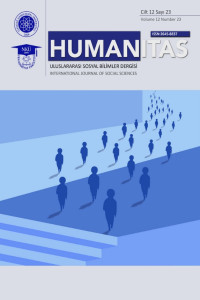
The Crimean Tatars, who have important commonalities with the Turkish region in terms of literary tradition, actually have an old tradition of lexicography and very valuable Crimean Tatar dictionaries have been published in the process. These dictionaries are mostly general in nature and also include glossaries of terms. Codex Kumanicus is accepted by Crimean Tatars as the first Crimean Tatar dictionary and work. Written in the 13-14th centuries, this work is one of the indispensable sources of Turkological studies. In the following years, valuable Crimean-Tatar dictionaries were prepared. Towards the end of the 19th century, another work titled Short RussianTatar Dictionary (Crimean dialect) was published. This dictionary was written especially for Russian tourists visiting Crimea and locals who did not know Crimean Tatar well. In the introduction of the work, various information about the dictionary is given: Approximately 2/3 of the words in the dictionary are composed of words used in spoken language. Apart from the dictionary, the main grammatical rules and phrases and sentences in Crimean Tatar are also included. In this dictionary Crimean Tatar words are written in Cyrillic alphabet. At a time when the Arabic alphabet was used among the Crimean Tatars, the publication of such a work in Cyrillic is very remarkable. However, the Cyrillic alphabet of Crimean Tatar words has made it difficult to express some sounds in Crimean Tatar language. In the end, the dictionary is a "guide dictionary". In our study, we will introduce this dictionary and examine it in terms of vocabulary.
More...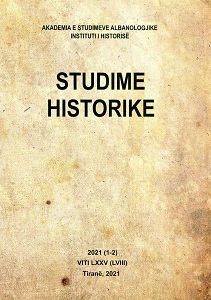
Trade between the Republic of Ragusa and the Medieval Albanian lands was quite extensive and active and included most of the Albanian markets. Almost in every town with importance in trade, there was a community of Ragusan merchants. Their consuls represented those communities. Besides the consuls and merchants who were present in the cities and markets of Albania, the Ragusans had seized the customs of various products, which they rented and paid to the local rulers for the duties related to them. The Trade with Ragusa was of great importance because in Albania came wares from Western European areas and other countries. Reciprocally, Albanian products arrived not only in Ragusa. Albanian Merchants exported further their wares through Europe. In addition, trade relations with Ragusa affected the culture and mastery of the country, too, which benefited from techniques exchanged through trade. That was seen in the elaborating of gold and silver, tailoring, and other crafts. In conclusion, we can say that trade relations with Ragusa were of great importance to Albania. These relations were a key in the economic exchanges the Albanians had with other foreign countries during the Middle Ages. (1951-2020)
More...
Review of: SALI KADRIA: NACIONALIZMI SHQIPTAR NË VITET 1912-1924, Tiranë: Kristalina-KH, 2019, 680 F.
More...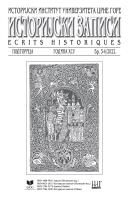
During 1874, agricultural conditions in Montenegro gradually changed. The Princely Montenegrin Agricultural School in Danilovgrad was opened in 1875, but was closed the following year due to the outbreak of war (1876). Twenty students applied for the first school agricultural course. The following subjects were studied at the school: fruit growing, silkworm breeding, animal husbandry and farming. The lower princely Montenegrin agricultural school in Podgorica was opened in 1893, and ceased to operate in 1898. The focus of the classes was on plant production, animal husbandry, silkworm breeding and beekeeping, but also forestry. Twenty- five students who completed their education also received employment in the civil service.After the First world war, a very difficult situation prevailed in the whole kingdom regarding the teaching of schools. Some political parties (Montenegrin Party, Radical Party) had in their programs views on the establishment of vocational schools, especially craft and agricultural. Regarding the opening of an agricultural school in Montenegro, the biggest problem was the location of the future school. with a lot of problems, it was only in 1933 that the Special Agricultural School for Southern Cultures „Topolica” was opened, lasting one year, which in 1939 grew into a two-year one, and was called the Special Lower Agricultural School for Southern Cultures. The school was located in the building of King Nikola‘s castle in Topolica in Bar.
More...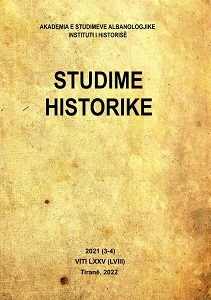
Në gjysmën e dytë të shek. XIX, në dokumente të ndryshme të diplomacisë europiane të kohës, e posaçërisht asaj austro-hungareze, gjendet një informacion me vlerë për situatën demografike, etnike, fetare, por edhe sociale, ekonomike, kulturore etj., të Ballkanit osman e në kuadër të saj edhe për botën shqiptare. Aty kemi gjetur të dhëna edhe për numrin, përbërjen etnike dhe besimet fetare të popullsisë së sanxhaqeve ose vilajeteve të quajtura shqiptare, gjithashtu për tiparet e banorëve, të çdo kombësie, për gjendjen e tyre ekonomike, sociale, kulturore etj. Interesimi i posaçëm i Perandorisë Habsburge për rajonin e Ballkanit, në konkurrencë veçanërisht të ashpër me Perandorinë Ruse, për pasojë ngritja e dendur e konsullatave në territorin e Ballkanit osman, kualifikimi përgjithësisht i lartë i personelit të tyre dhe, po kështu, burimet mjaft të besueshme zyrtare e jozyrtare të informacionit që ato siguronin, janë tregues për të krijuar bindjen se të dhënat arkivore të diplomacisë vjeneze të kësaj periudhe meritojnë vlerësim serioz dhe janë për t’u marrë në konsideratë
More...
Krijimi i Monarkisë Shqiptare, kaloi nëpërmjet një rruge të studiuar mirë. Si një politikan që kishte arritur shpejt postet më të larta drejtuese të shtetit, Zogu ishte i vetëdijshëm se ndryshimi i sistemit politik, duhej bërë sa të ishte e mundur, nëpërmjet hapësirave ligjore, proces të cilin mund ta definonte Asambleja Kushtetuese. Pasi siguroi mbështetjen italiane dhe të grupimeve të caktuara të shoqërisë shqiptare, vëmendja u përqendrua në krijimin e kushteve që do të mundësonin kalimin e vendit në zgjedhje të reja. Ato më të afertat mund të bëheshin në pranverën e vitit 1929, dhe do të ishin për Dhomën e Deputetëve, pasi Statuti Themeltar i Republikës kishte përcaktuar se deputeti zgjidhej për katër vjet. Ndërsa ato për 2/3 e senatorëve, i takonte të bëheshin në vitin 1931, sepse ata zgjidheshin për 6 vjet.1 Kështu që mundësi e vetme, ishte krijimi i situatave konfliktuale mes dhomave të parlamentit, me qëllim shpërndarjen e tyre. Si pretekst për këtë shërbeu projektligji për krijimin e Këshillit të Shtetit dhe pikërisht klauzola, se kush do të kishte të drejtën e emërimit të anëtarëve të tij. Në nëntor 1927, Dhoma e Deputetëve gjatë diskutimit të bërë, saktësoi në pikën 1 se, “Këshilli i Shtetit përbëhet prej pesë anëtarësh, të emëruar drejtpërdrejtë me dekret të Kryetarit të Republikës, nga të cilët njëri dekretohet kryetar”.
More...
This study attempts to analyse the basic tendency of the Austrian state to regulate and control the move of inhabitants. After fading of population theories that saw state wealth in the population growth, therefore supporting immigration, the period of the Napoleonic wars came that became catalyser of a rapid legal development in the field of immigration. Entirely unprepared Austria specialised its basic strategies in respect of foreigners and of the population move control. The attitude of the state to foreigners determines their „utility for the state“, which finally results in the establishment of categories of foreigners: privileged, facultative, and undesirable. Applying practical examples, the study specifies such classification of foreigners and of their destinies within the Austrian state. The privileged: The Netherlands textile specialists in the fine cloth factory in Náměšť near Brno; Turkish merchants and subjects of the High Porte of the Jewish religion; the facultative: the Netherlands state officers who, due to their loyalty to Austria, had to leave their homeland after the occupation of the Austrian Netherlands (later Belgium) by the French Republic; the undesirable: The French who were potentially suspected of propagation of revolution ideas or of espionage; here examples of the high French nobility have been specified, i.e. of the de Bombelles family and of dismissed high ‑ranking officers of the elite Prince de Condé Regiment (then in active service of Russia).
More...
Protože bychom na stránkách časopisu Cornova rádi zveřejňovali také zajímavé prameny, buď dosud nepublikované, nebo nedostupné v češtině, dovolujeme si zde představit první české překlady dvou klíčových příspěvků do diskusí o zrovnoprávnění etnických menšin z počátků Francouzské revoluce – jednak jeden z „emancipačních“ textů na podporu židovského obyvatelstva od významného katolického kněze a revolučního poslance abbého Henriho Grégoira a současně emocionální proslov proti obchodu s černochy a jejich otroctví od revolucionáře -girondina Jacquesa -Pierra Brissota.
More...
Review of: Ivo Cerman – Rita Krueger – Susan Reynolds (eds.), The Enlightenment in Bohemia: Religion, Morality and Multiculturalism (= SVEC, 07/2011). Oxford: Voltaire Foundation 2011. Pp. xii, 339. ISSN 0435-2866.
More...
In this paper I analyse the late 3rd millennium and early 2nd millennium seals in two mid-size collections and reach the conclusion that exceedingly few of them date to the Ur III period (c. 2100 – 2000 BC). I include some observations on other collections. I then ask the basic question: where have all the Ur III seals gone? After briefly exploring other options, I suggest with online visual evidence, that the vast majority of the Ur III seals were re-cut in the Old Babylonian period. At the end of the paper, I suggest that the absence or presence of seals from specific periods can be used to model larger historical trends.
More...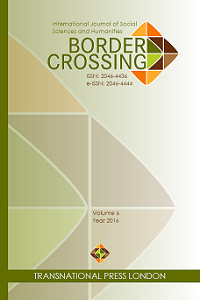
Review of: Peggy Karpouzou, Nikoleta Zampaki, “Symbiotic Posthumanist Ecologies in Western Literature, Philosophy and Art. Towards Theory and Practice”.
More...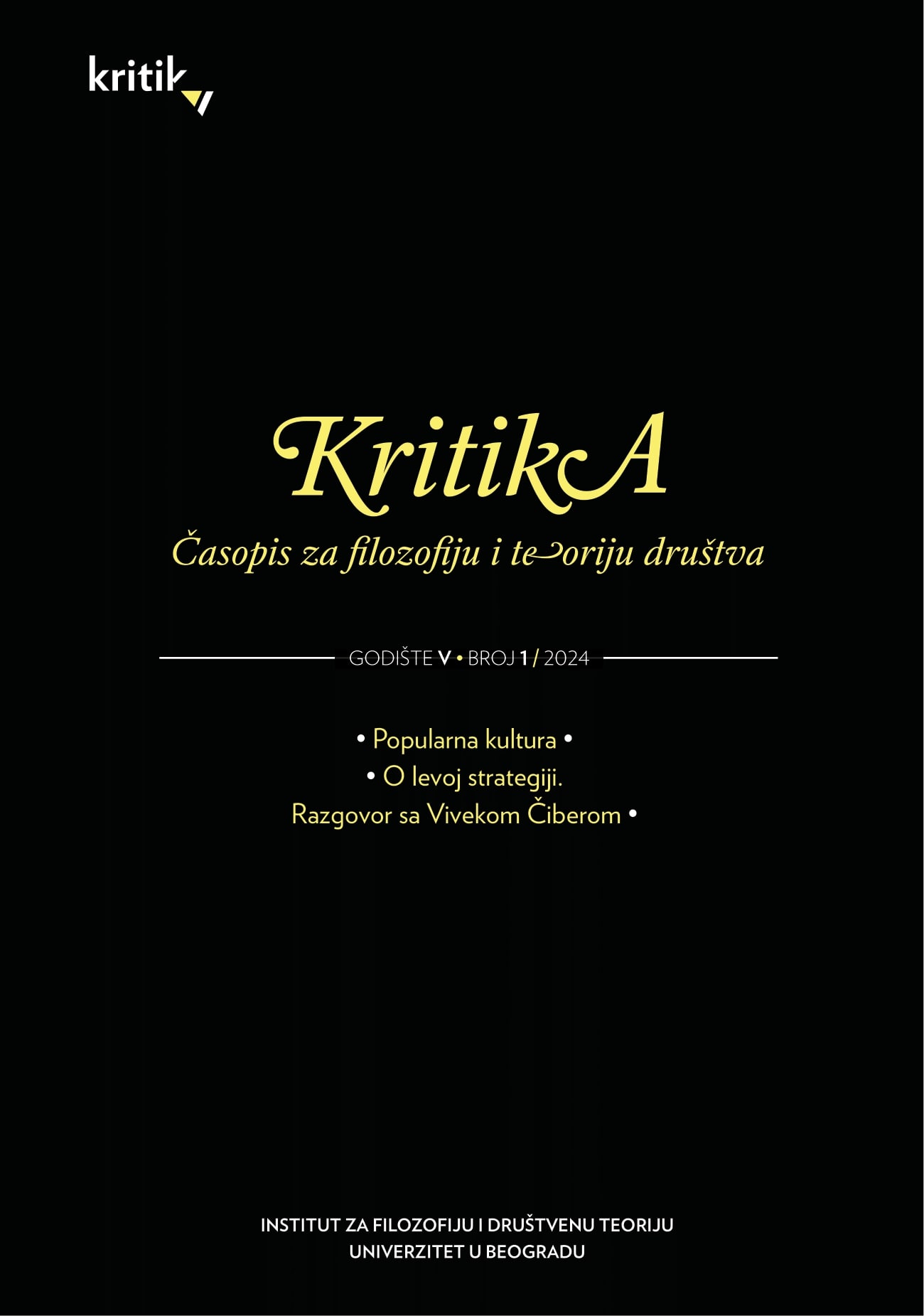
This essay is part of the ongoing cultural project “Figure it Out: The Art of Living Through System Failures”. Figure it Out involves cultural organizations Drugo More (Rijeka, Croatia); Kiosk (Belgrade, Serbia); La Labomedia (Orléans, France); Unfinished Foundation (Malta); Vektor (Athens, Greece); artist collectives ŠKART (Belgrade, Serbia); RYBN.org (Paris, France); and !Mediengruppe Bitnik (Berlin, Germany); and researchers Mara Ferreri, Valeria Graziano, Marcell Mars, Tomislav Medak. Partners will work with and engage different communities sharing their stories through art productions, exhibitions, a radio festival, bonfire events and web-zines. The project is supported with funding from the European Union, the Ministry of Culture and Media and the Government Office for Cooperation with NGOs of the Republic of Croatia.
More...
The aim of this paper is to shed more light on the relationship between Foreign Direct Investment (FDI) and job quality in the Republic of Serbia from a Post-Keynesian perspective. The research findings indicate that the dominant role of foreign capital in shaping the institutional framework of the national economy, coupled with a generous foreign investor subsidy policy, has not led to the anticipated improvements in the quality of the Serbian labour market. These results are interpreted in the context of the extensive role assigned to FDI in the Serbian economy. Consequently, public policymakers, when faced with the dilemma of choosing between competing macroeconomic objectives achievable through foreign capital inflow, often do not prioritize job quality as a key determinant in formulating policies towards foreign investors.
More...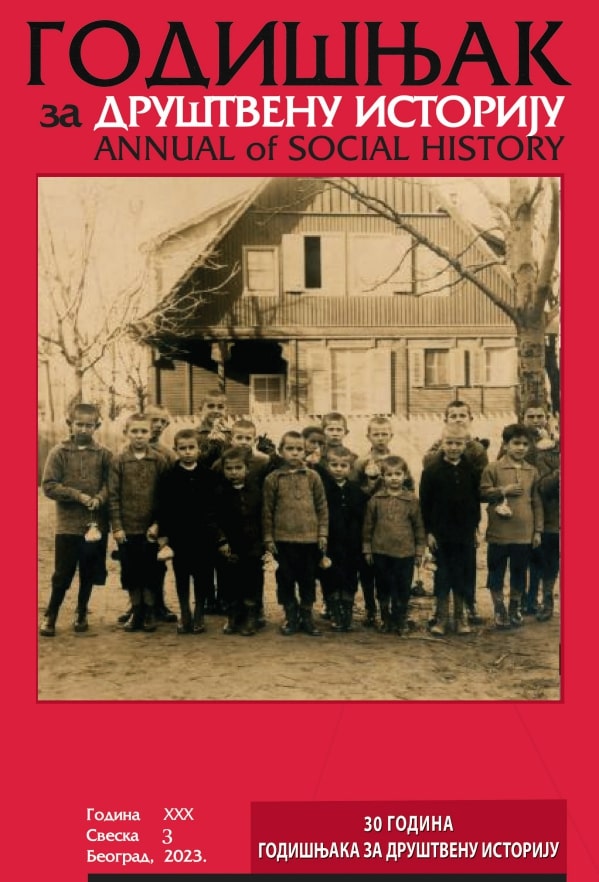
This article looks at how the Yugoslav state-making process affected the country’s attitude toward refugees, and it describes the challenges that refugees faced when adjusting to their lived reality in the host country. In particular, this article considers the impact of both foreign policy and domestic preoccupations in shaping allegiances and rivalries between a variety of actors in the local political landscape and society, on the one hand, and between the different refugee groups, on the other. Finally, the article explores the top-down spatial management of refugees, alongside the strategies refugees pursued to respond to attempts at governing their mobility.
More...
This article explores the key features of tabloid journalism in Belgrade during the interwar period, focusing on Krsta Cicvarić’s work as a prime example. Cicvarić’s unique reporting approach, which involved falsehoods and misrepresentations, can be linked to the Blue Book brochure on the Serbian issue in 1909. This led to his reputation as the leading figure in Belgrade’s “yellow press.” Cicvarić’s publication, “Beogradski dnevnik,” circulated from 1912 to 1926, was distinguished by its provocative headlines and unconventional content. As the director of the “Balkan” newspaper, Cicvarić directed this nationalist publication towards the domain of tabloid journalism, with the paper gaining infamy for its blatant anti-Semitism and right-wing extremist views. Despite Cicvarić’s tabloid-style publications, they did not significantly impact public opinion due to the low literacy rates among most of the population and the influential reputation of notorious newspapers during that time.
More...
Пре тачно тридесет година, 1994, објављен је први број, прва свеска научног часописа Годишњак за друштвену историју. Корице су биле наранџасте боје, а намера је била да сваке године буду другачије. Тако би се три свеске, колико их је објављивано годишње, спојиле у један „годишњак“. Прва илустрација коју је Милан Ристовић одабрао за насловну страну била фотографија Милета Рајковића, Породични излет у Соко Бањи (1908). Председник часописа био је Андреј Митровић, главни и одговорни уредник Милан Ристовић, али, поред тога, свака свеска је посебно, првих пар година, имала и свог уредника међу тадашњим докторантима.1 Поред Митровића и Ристовића, редакцију часописа у почетку чинили су и Љубодраг Димић, Миле Бјелајац, Дубравка Стојановић, Мирослав Јовановић и Предраг Ј. Марковић.
More...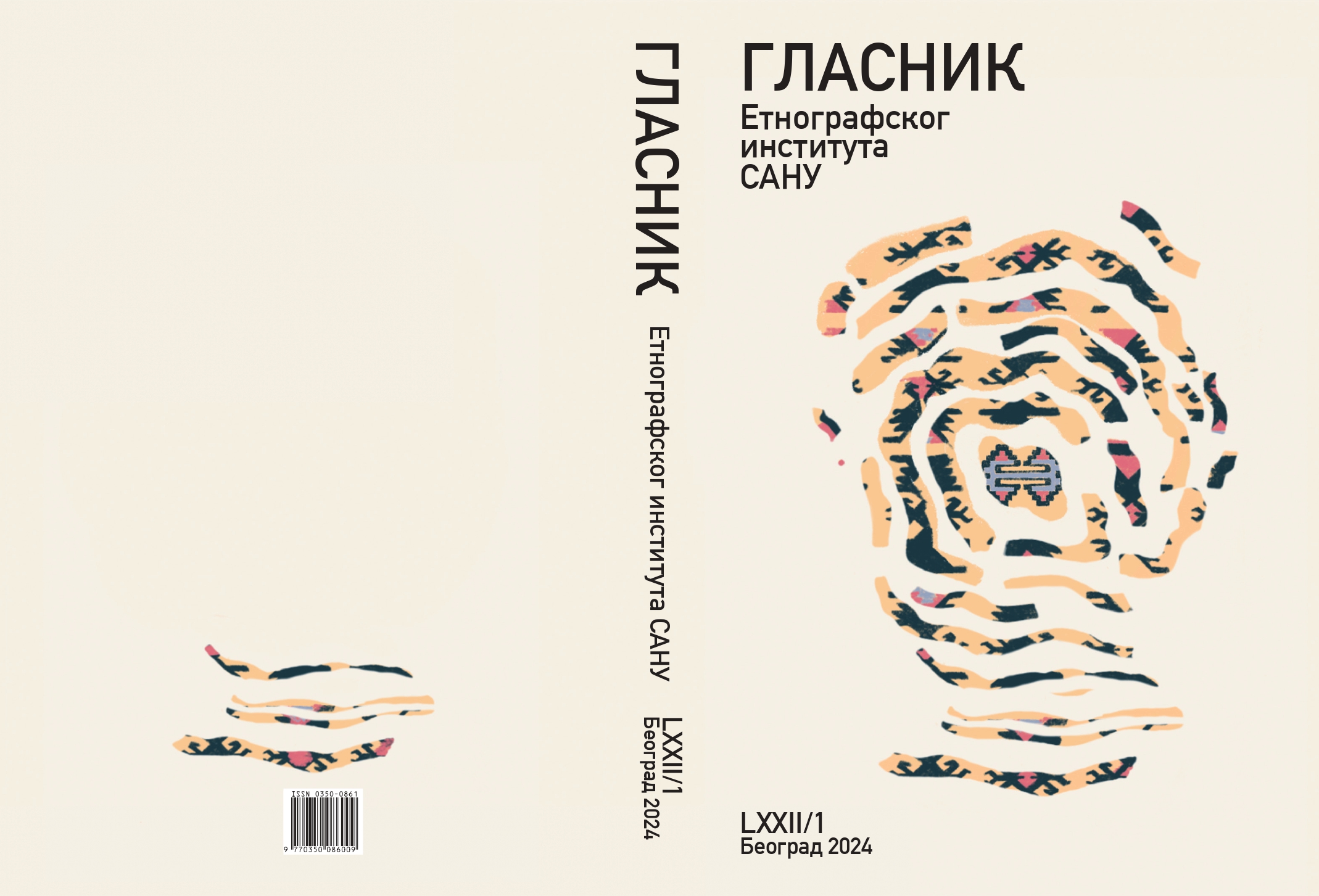
Even though the Europeanization of Niš under the Obrenović dinasty (1878–1903) was a continuation of the Ottoman westernization, carried out in Niš during the late Tanzimat (1856–1878), it was not only a continued adoption of the advanced achievements of European culture and society. In Niš, under the Obrenovićs, the effort was also spent on removing everything that belonged to the culture and heritage of the Ottomans, and replacing it with Serbian, so that the city would catch up with other developed cities in the Principality of Serbia, in terms of appearance and the way of life of its inhabitants. This paper aims to show how deep the roots of the Ottoman influence were in Niš during the reign of the last Obrenovićs, through the most visible characteristics of its urban layout and the daily life of its inhabitants (habits, language, and clothing). Since the preserved archival materials written in the language of the administration mostly do not contain data on the mentioned aspects of everyday life, the research used the narrative records of authors who stayed in Niš during this period and left their observations about it.
More...